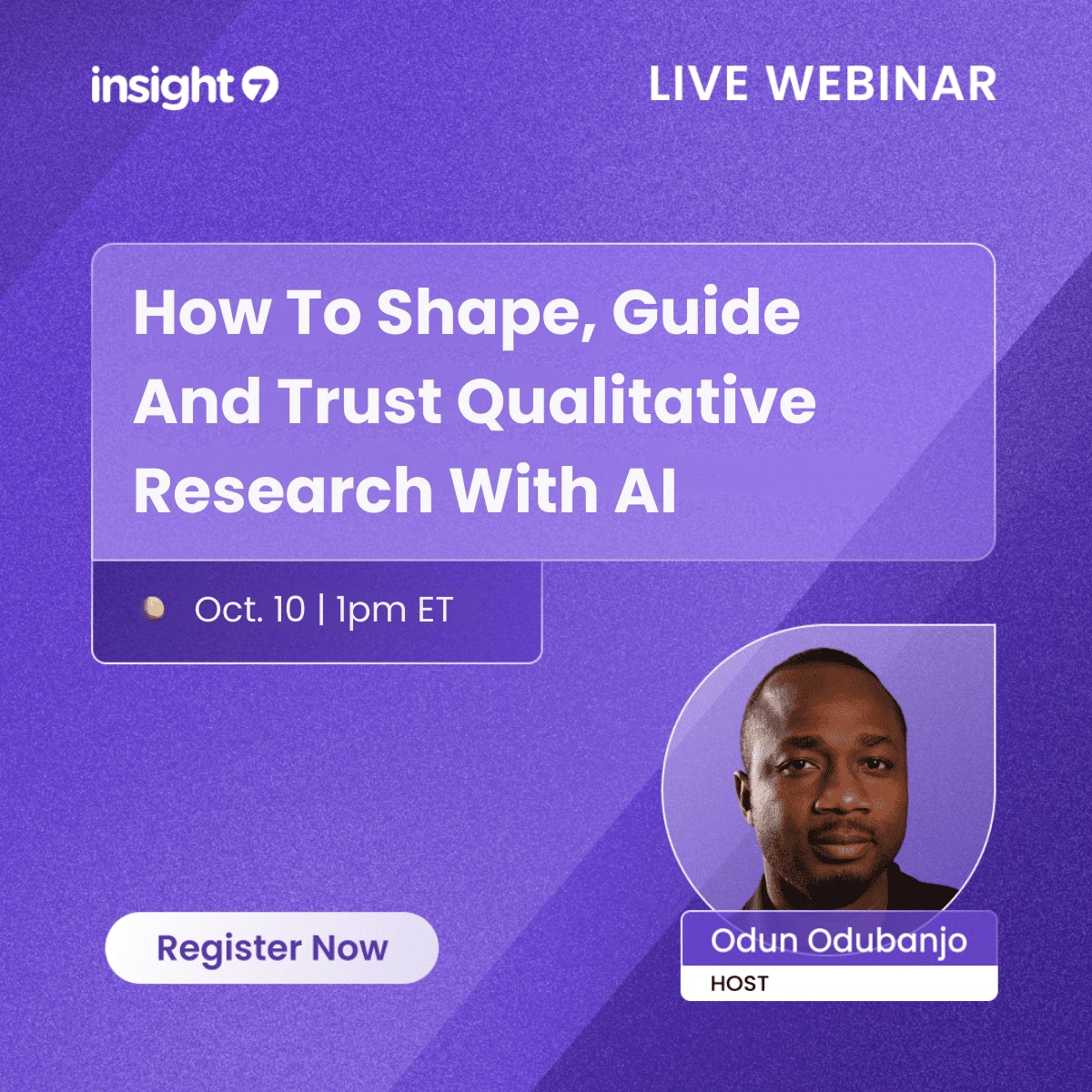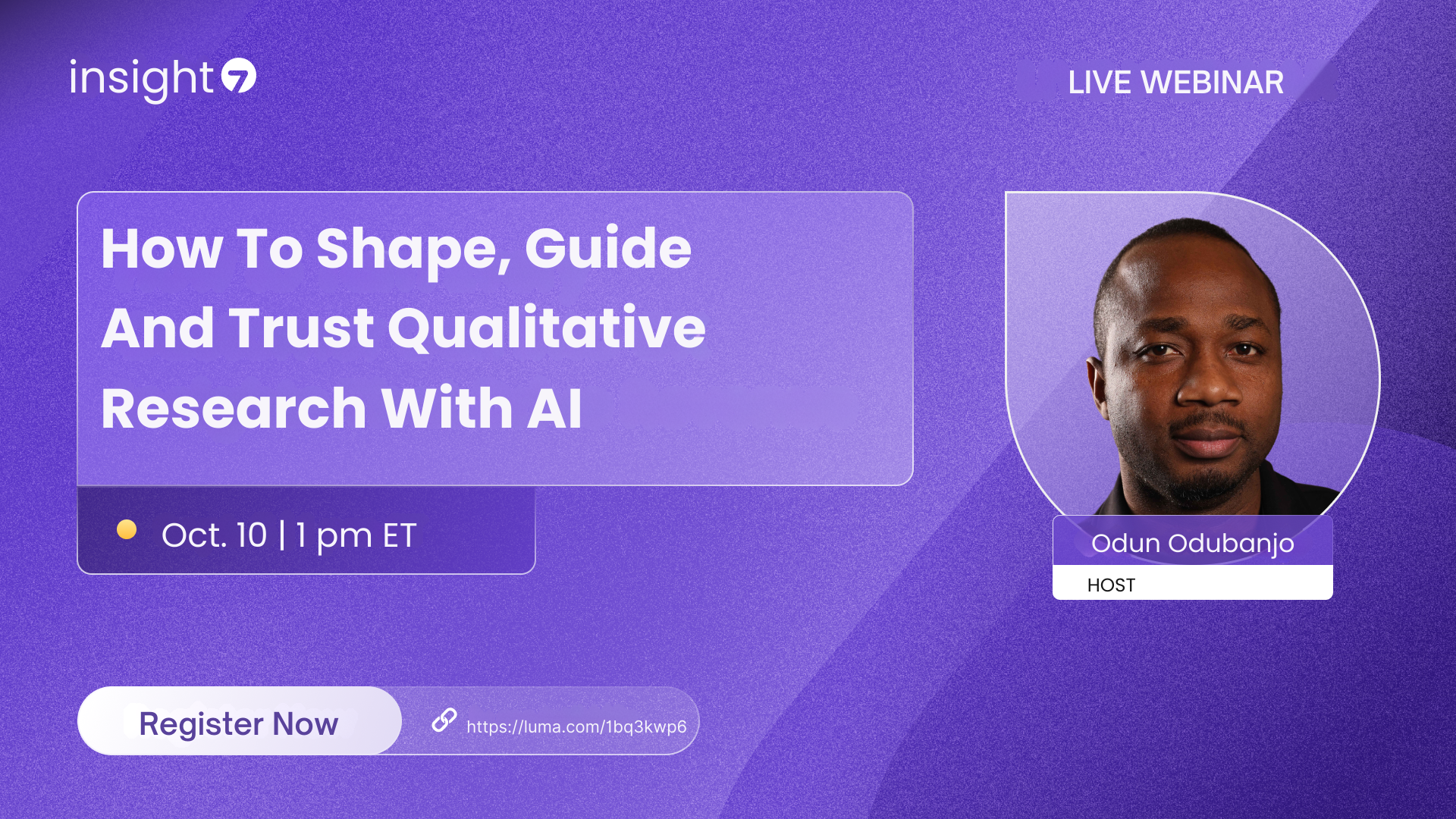Best AI Tools for Analyzing Employee Transcripts
-
Bella Williams
- 10 min read
Employee Transcript Analysis involves unpacking rich conversations, extracting essential insights that can drive organizational growth. By transcribing discussions and employing AI tools, companies can efficiently evaluate employee interactions, improving communication and identifying key pain points. This method not only streamlines the analysis process but also harnesses the potential of data to inform strategic decision-making.
Understanding the nuances within employee transcripts enables organizations to foster a healthier workplace culture. By recognizing areas for improvement, businesses can address employee concerns more effectively. As we explore the best AI tools for this analysis, it becomes crucial to grasp how these technologies enhance our ability to glean meaningful insights from conversations.
Analyze & Evaluate Calls. At Scale.

Top AI Tools for Employee Transcript Analysis
Effective Employee Transcript Analysis requires the use of advanced AI tools designed to streamline the process. By leveraging these technologies, organizations can transform raw conversation data into meaningful insights, enhancing their understanding of employee interactions and sentiments. The best AI tools empower users to quickly transcribe conversations, identify key themes, and visualize trends, enabling informed decision-making.
Several top AI tools stand out in the realm of Employee Transcript Analysis. These include IBM Watson, which excels at language comprehension, and Otter.ai, known for its accurate conversation capture. CallMiner offers actionable insights through its AI-driven analysis, while Gong.io specializes in extracting valuable information from sales transcripts. Each of these tools provides unique features that facilitate efficient transcript analysis, ensuring that organizations can derive the utmost value from their conversational data.
Insight7: Unveiling Core Insights
In the rapidly evolving realm of Employee Transcript Analysis, unearthing core insights is essential for informed decision-making. Organizations today are inundated with vast amounts of employee interaction data. Therefore, pinpointing critical patterns within these transcripts can significantly improve operational effectiveness. Understanding these insights enables companies to advance their strategies and maintain a competitive edge.
To unveil these insights effectively, several key areas should be explored. First, identify recurring themes by examining language and sentiment trends within transcripts, which can highlight employee sentiments. Next, leverage data visualization tools to illustrate these insights compellingly. This approach helps in summarizing complex data into actionable formats. Lastly, embrace collaborative practices by sharing findings across teams, fostering a data-driven culture. By focusing on these fundamental aspects, organizations can transform their Employee Transcript Analysis into a strategic asset that drives long-term success.
Extract insights from interviews, calls, surveys and reviews for insights in minutes
IBM Watson: Harnessing Language Comprehension
Effective employee transcript analysis requires advanced language comprehension tools. A platform utilizing natural language processing can automatically recognize and interpret conversation dynamics among team members. This process begins by identifying speakers based on their vocal cues or provided names, facilitating accurate tracking of individual contributions.
Moreover, the system is capable of generating performance summaries for each participant, highlighting engagement levels and overall effectiveness. These evaluations can then be compiled into various formats, such as editable documents, for compliance or further analysis. With quick turnaround times, insights can be accessed promptly, enabling teams to implement necessary improvements.
Overall, the ability to harness sophisticated language comprehension technology can significantly enhance the quality of employee transcript analysis, driving better communication and outcome assessment across the organization.
Otter.ai: Capturing Conversations Accurately
Utilizing advanced tools to capture conversations accurately plays a crucial role in employee transcript analysis. By ensuring that discussions are transcribed correctly, organizations can derive meaningful insights from their communications. Capturing the nuances of conversations allows teams to identify important themes and patterns, which significantly enhances the analysis process.
One of the key benefits is the ability to quickly convert spoken dialogue into written records, which can then be analyzed for trends and actionable insights. This accuracy in transcription not only saves time but also improves the reliability of the data being analyzed. Teams can focus on interpreting the insights rather than worrying about the correctness of the transcripts. By refining this process, businesses can improve decision-making and foster greater collaboration among employees, driving overall productivity.
CallMiner: Actionable Insights through AI
The platform empowers organizations to extract actionable insights by transforming employee transcript analysis into a straightforward and accessible process. Users can quickly input calls or meetings into the system, generating detailed reports or identifying specific themes without requiring extensive training. This democratization of data analysis ensures all employees can interact with insights directly from their desktops, fostering a collaborative environment.
In addition to efficiently processing individual calls, the platform organizes transcripts into a central library. This feature allows for a comprehensive analysis of multiple interactions, revealing common pain points and key customer desires. Visual aids and insight cards succinctly summarize findings, making it easy for decision-makers to grasp the essential elements quickly. Thus, actionable insights become a powerful tool for enhancing communication strategies and driving informed decisions across the organization.
Gong.io: Leveraging Sales Transcripts
Analyzing sales transcripts effectively can empower organizations to enhance their communication strategies. A powerful tool allows users to upload call recordings and effortlessly transcribe them into searchable text. This process not only streamlines the analysis of employee interactions but also uncovers valuable insights that can inform decision-making. The ease of uploading multiple files simultaneously means that large volumes of data can be processed quickly, ensuring that businesses can act on insights without delays.
Once the transcripts are generated, users can extract specific insights tailored to their needs. This includes identifying key themes, customer pain points, and performance metrics. Advanced analytics enable users to summarize conversations and highlight pivotal moments, allowing teams to react promptly to customer feedback and improve their sales techniques. By utilizing such AI-driven tools, organizations can invest in employee transcript analysis that drives performance enhancement and customer satisfaction.
How AI Enhances Employee Transcript Analysis
AI significantly enhances Employee Transcript Analysis by streamlining the process and making it more efficient. Traditionally, sifting through large volumes of conversations can be time-consuming and prone to human error. With AI technologies, organizations can transcribe audio recordings in bulk, thus eliminating tedious manual transcription efforts. The ability to analyze multiple files simultaneously not only saves time but also allows for a comprehensive evaluation of employee interactions.
Moreover, AI tools facilitate the extraction of relevant insights from transcripts. Users can select specific parameters to extract valuable information, such as identifying recurring themes or pain points. By summarizing key excerpts and providing supporting evidence, AI-driven analysis empowers organizations to make informed strategic decisions based on real employee feedback. Consequently, the integration of AI tools into Employee Transcript Analysis can lead to enhanced communication efficiency and better overall organizational performance.
Improving Communication Efficiency
Effective communication is essential for workplace success, making it crucial to enhance communication efficiency through employee transcript analysis. By examining transcripts, organizations can identify common questions and issues raised during interactions, providing invaluable data for improvement. This information serves as a foundation for developing training programs and refining customer service approaches, ultimately fostering a culture of continuous improvement.
To further enhance communication efficiency, consider implementing the following strategies:
- Benchmarking: Evaluate conversations against established standards to assess performance and identify areas for improvement.
- Feedback Analysis: Gather insights from customer interactions to adapt services based on actual customer needs.
- Training Needs Assessment: Use transcripts to highlight gaps in knowledge or service that require targeted training for employees.
- Content Creation: Transform common queries into informative resources to strengthen customer engagement, thereby addressing common customer concerns proactively.
By proactively analyzing employee transcripts, organizations can not only improve communication efficiency but also drive growth and enhance customer relationships.
Driving Strategic Decisions
Driving strategic decisions involves analyzing insights gained from various data sets to foster growth and improve organizational effectiveness. Employee transcript analysis plays a crucial role in this process by providing valuable information about employee performance, engagement, and communication dynamics. By utilizing advanced AI tools, organizations can efficiently sift through transcripts to identify patterns and trends that inform decision-making strategies.
Effective employee transcript analysis helps leaders understand employee needs and preferences, ensuring decisions are grounded in reliable data. This process involves collecting relevant transcripts and examining them for critical insights. AI can assist in this endeavor by streamlining data analysis, reducing human bias, and generating actionable recommendations. Ultimately, leveraging these insights enables organizations to adopt a forward-thinking approach, enhancing overall productivity and employee satisfaction.
Conclusion on Best AI Tools for Employee Transcript Analysis
In conclusion, selecting the right AI tools for employee transcript analysis can considerably enhance business operations. These tools facilitate efficient transcription and insightful data extraction, providing a comprehensive understanding of employee interactions. By utilizing advanced AI capabilities, organizations can streamline their communication processes and gather critical insights quickly.
Moreover, the best AI tools on the market simplify the analysis process, allowing users to focus on actionable outcomes rather than spending time interpreting data. As businesses continue to grow and evolve, embracing these innovative solutions is essential for optimizing employee performance and driving organizational success in today's competitive landscape.







